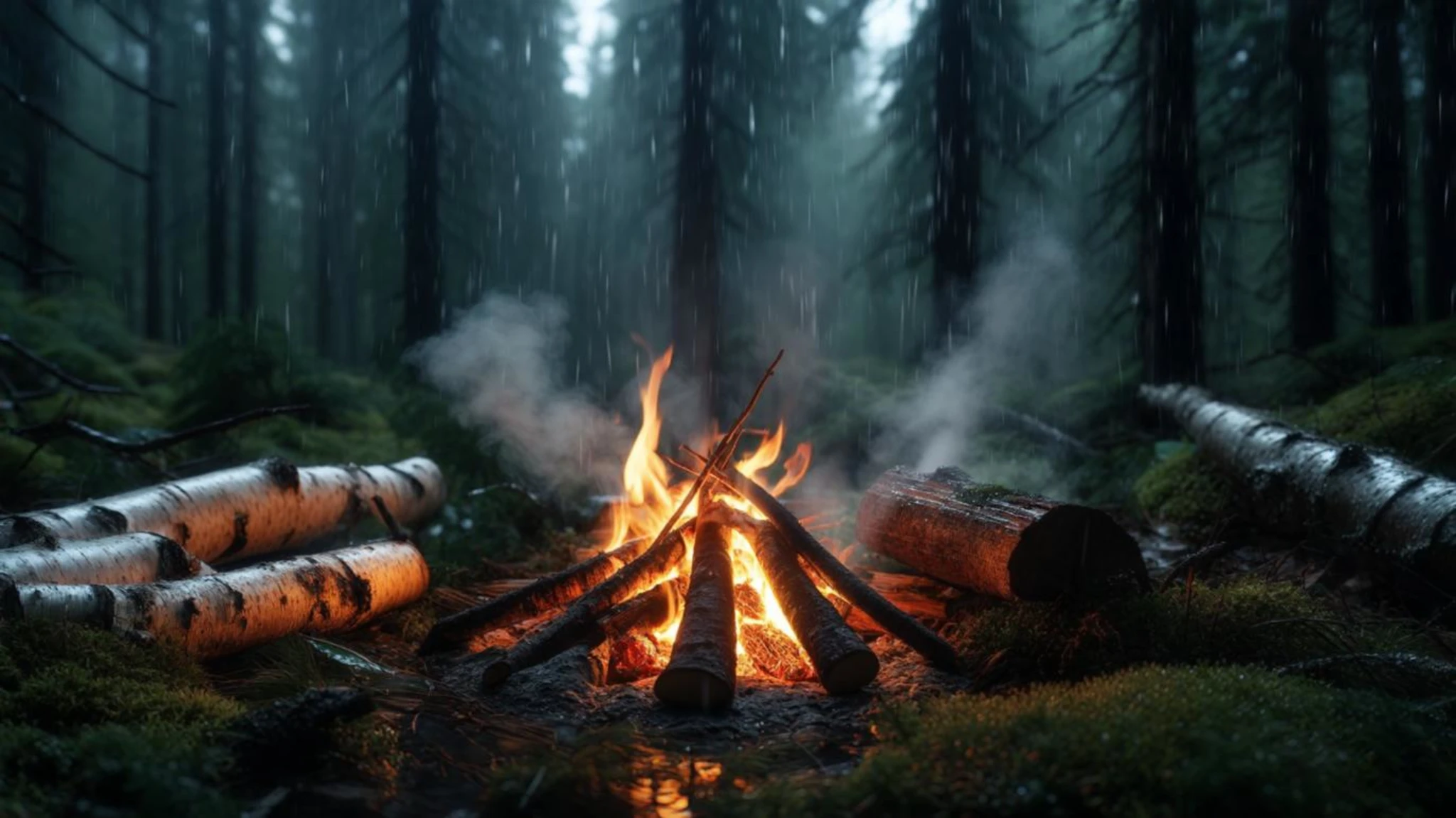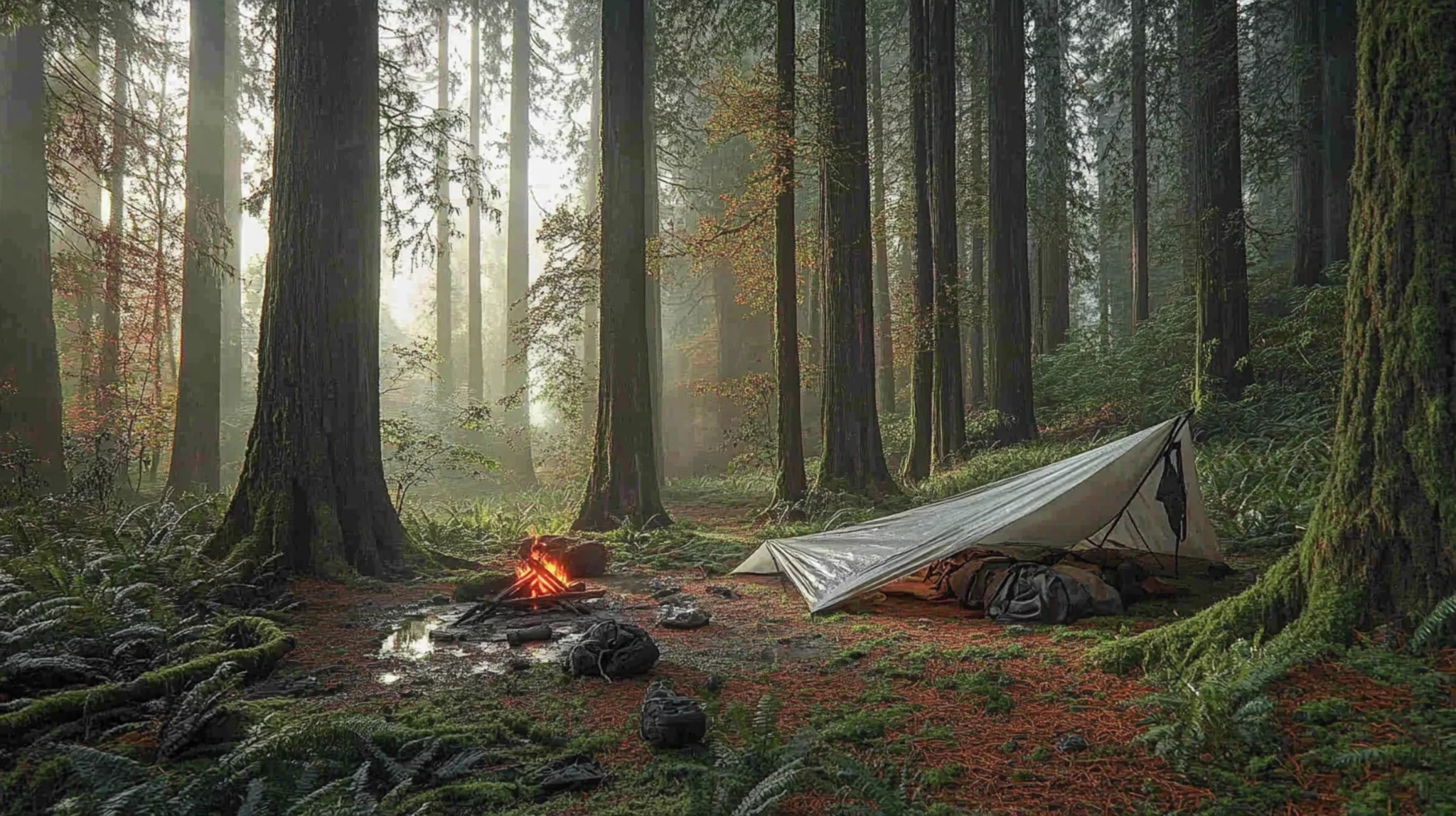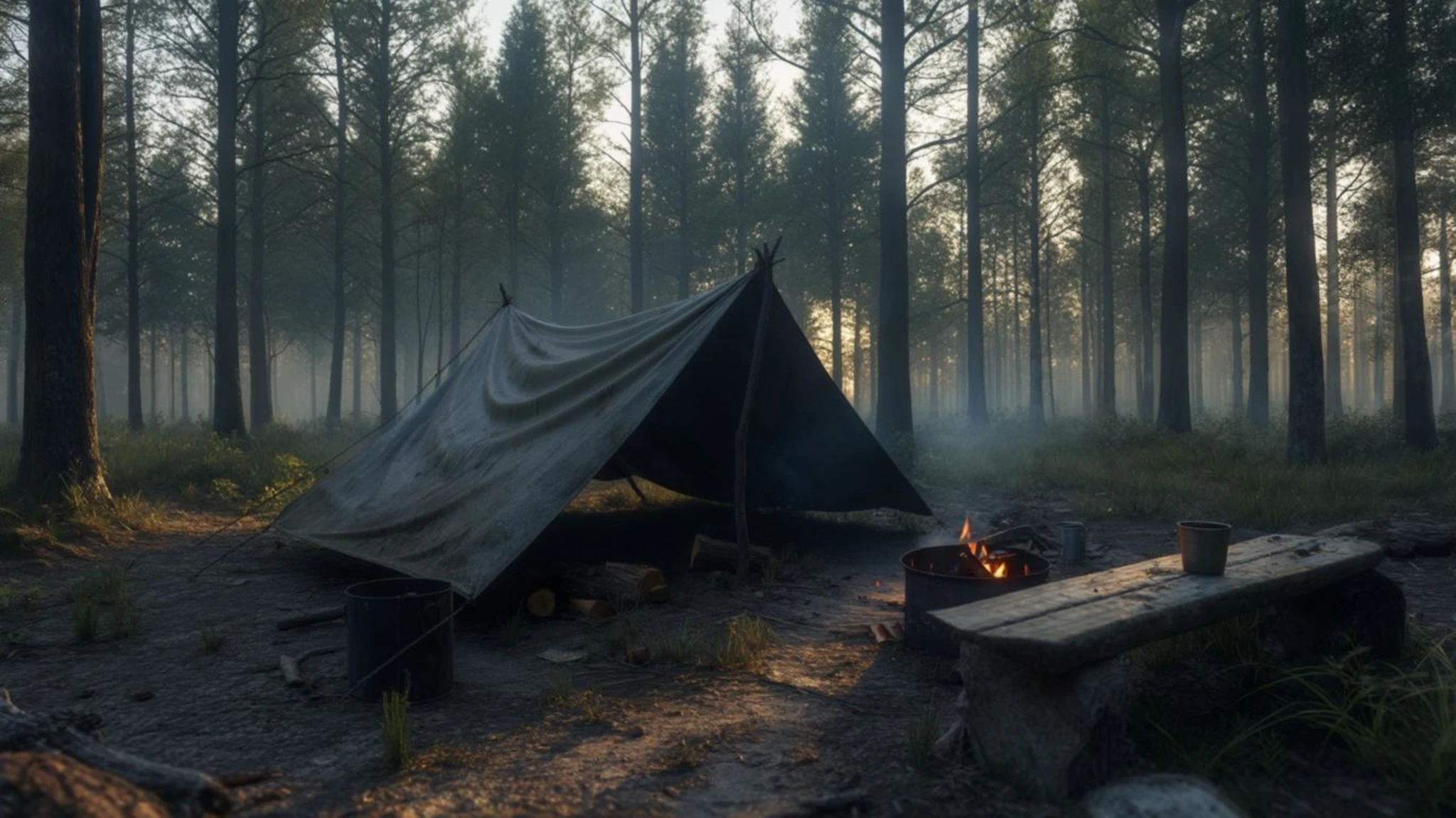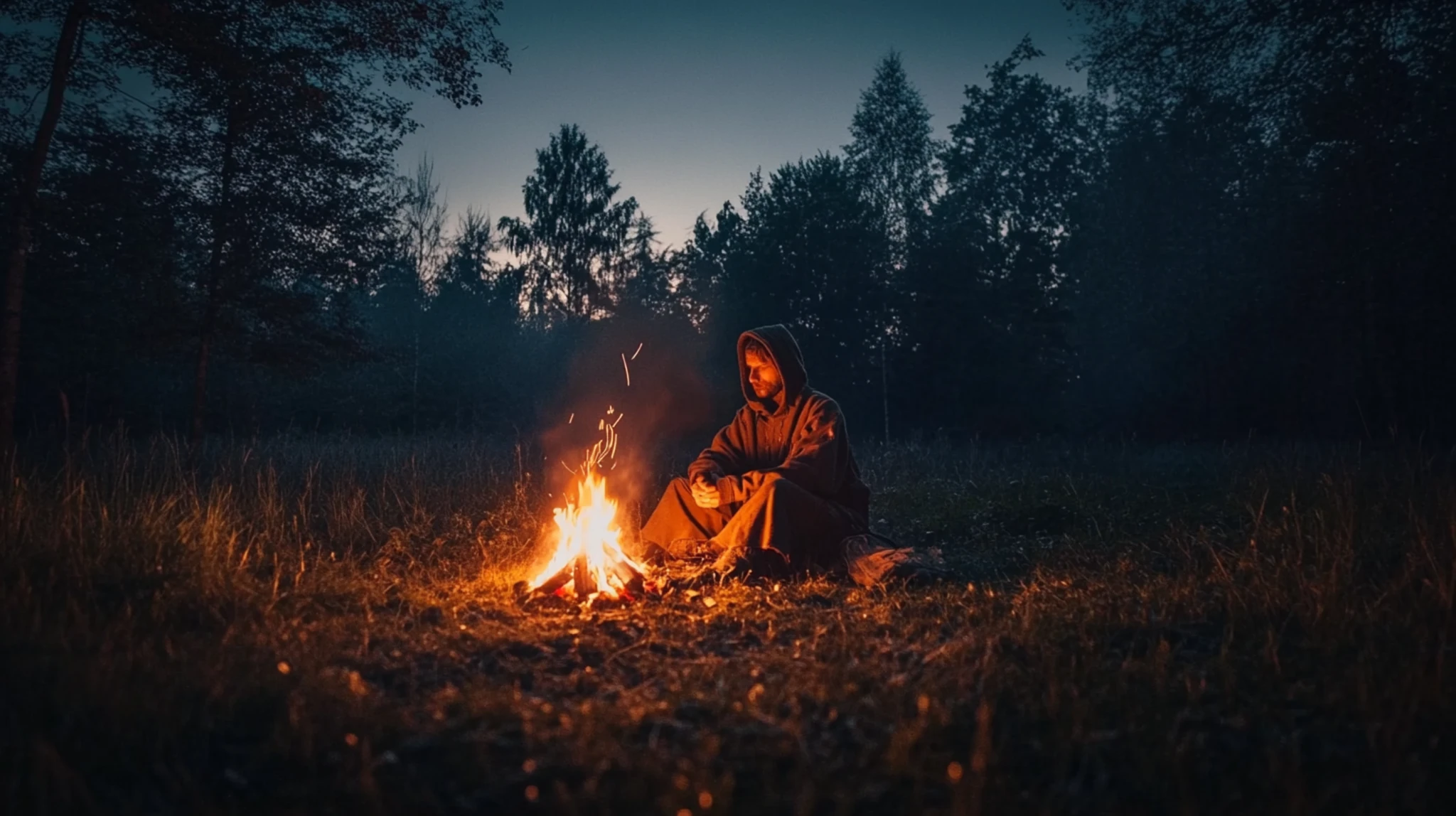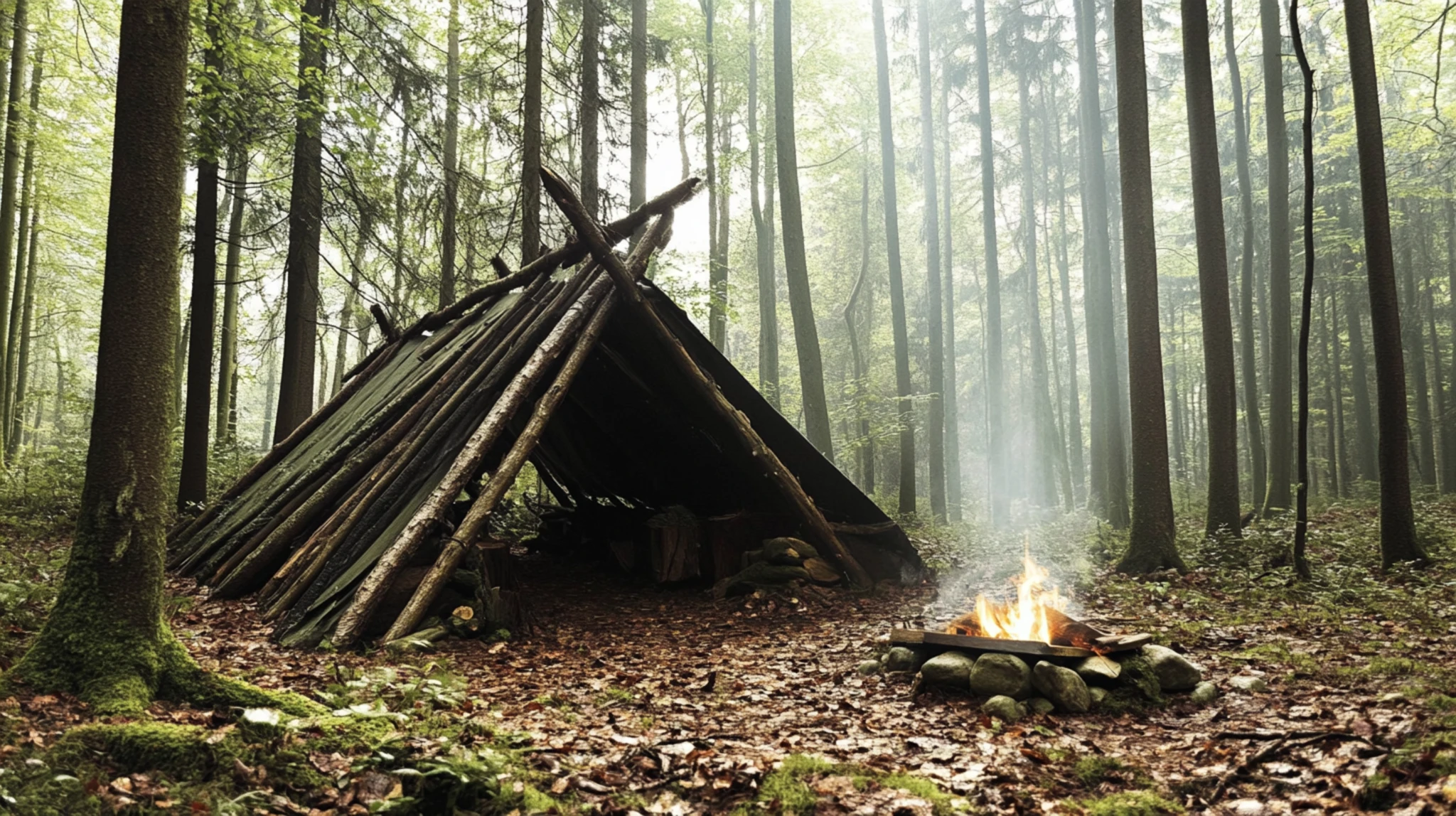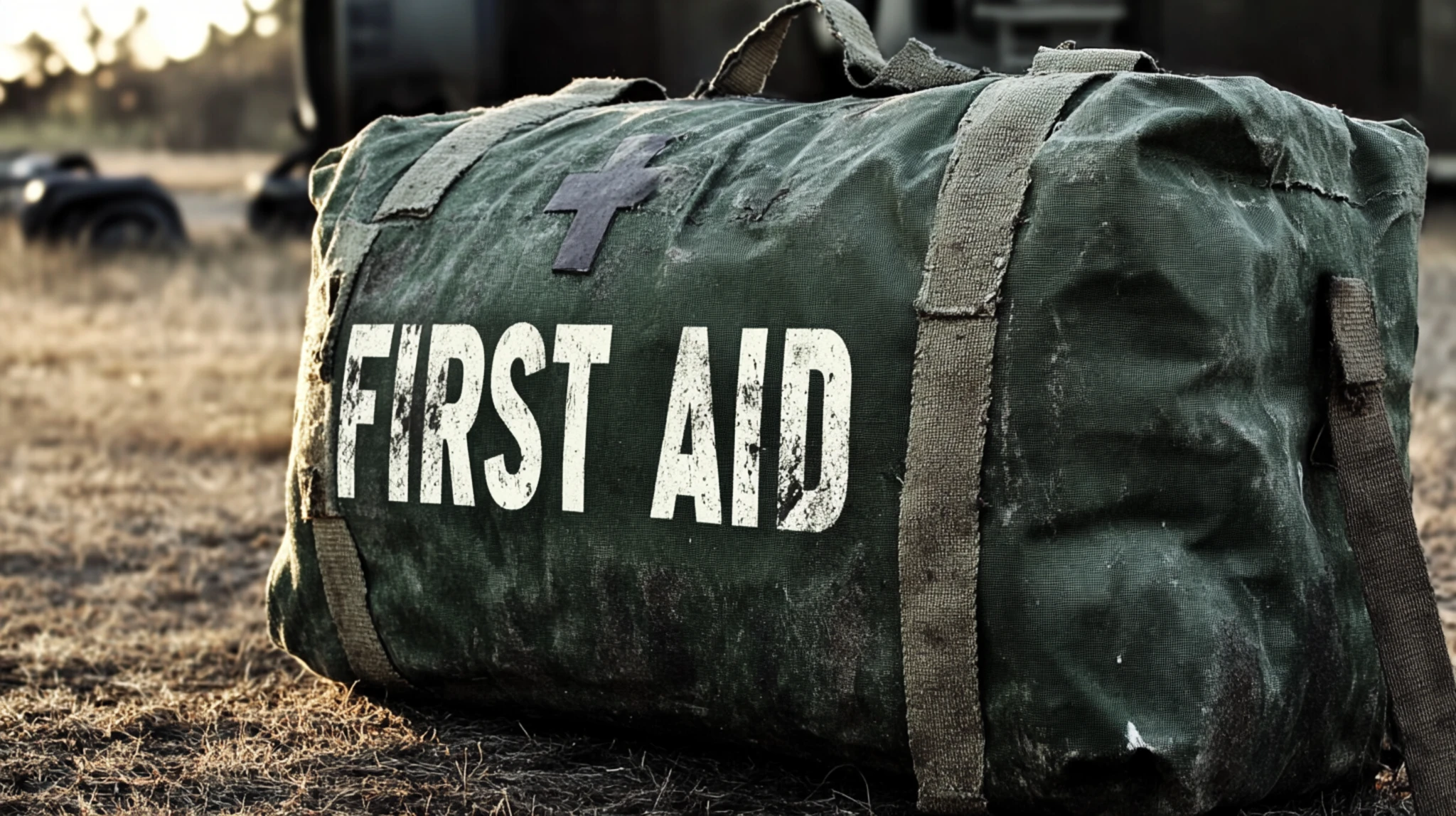
Modern life hums. Electricity buzzes through the walls, traffic hums in the distance, notifications flicker like synthetic birdsong. We are tuned to the rhythm of constant low-level noise—a soundtrack of civilization we rarely notice until it’s gone. When the generators sputter out, or when you’re d...

